By the middle of the first millennium BC, the northern part of the Indian subcontinent had largely fallen under the political control of a people who had spread widely over the region from the West, and who were now well advanced in the process of establishing kingdoms centered round major towns. As they spread they carried their language (Sanskrit) and their distinctive culture with them. This was a culture that had already produced a substantial corpus of texts embodying the religion they lay as its core.
As a large-scale narrative recounting the deeds of warriors’ heroes, the Mahabharata may appear at first glance to be a martial epic of the sort familiar to Western readers from the Iliad and other heroic tales. This is not at all an unreasonable comparison. The story told in the Mahabharata does bear similarities both large-scale and small-scale, to other epic narratives. The style of the text is reminiscent of other works thoughts to have originated as orally composed bardic epics. The entire narration is actually said to have come from the lips of a Suta bard. Even the division of the text into eithteen books (parvans) has a certain familiarity, though the Mahabharata in fact subdivides these into relatively short chapters (adhyayas).
The Mahabharata
In stock
Free & Quick Delivery Worldwide
reviews
Bibliographic information
Title
The Mahabharata
Author
Edition
1st ed.
Publisher
Penguin Classics, 2009
ISBN
9780670084159
Length
lxx+833p., Map; Tables; Index; 21cm.
Subjects

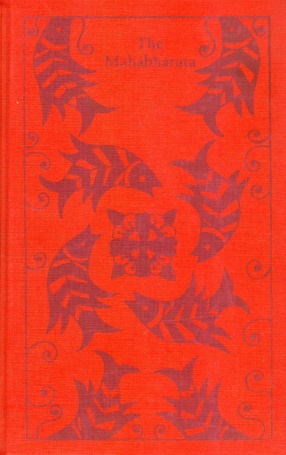
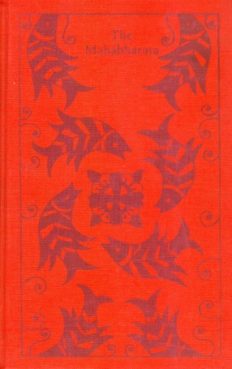
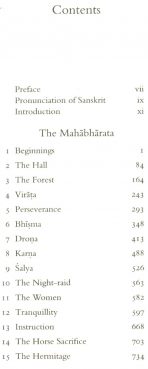
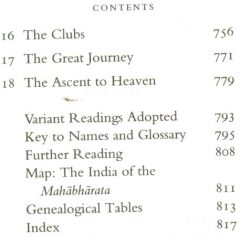
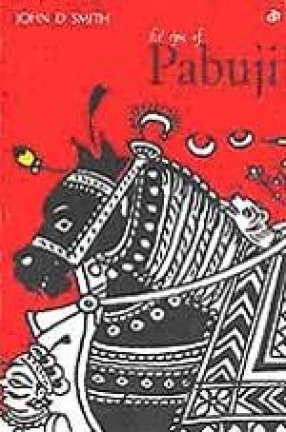
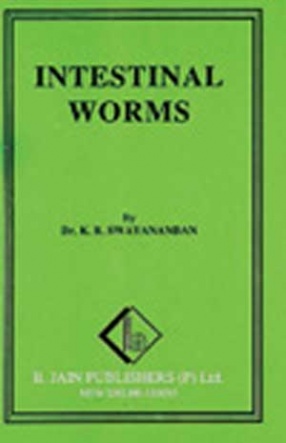
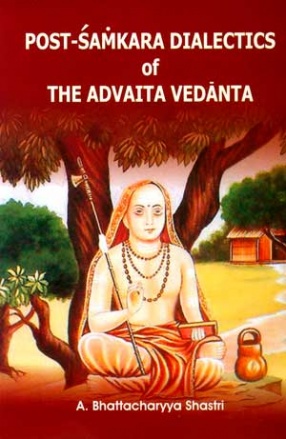
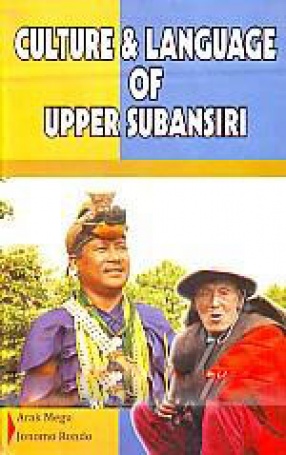
There are no reviews yet.